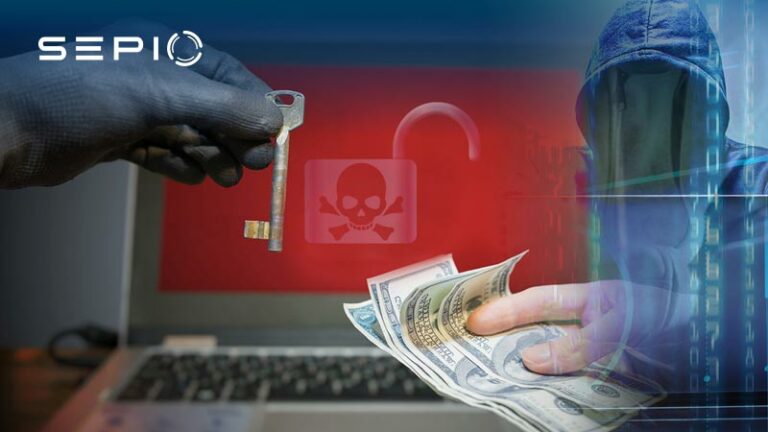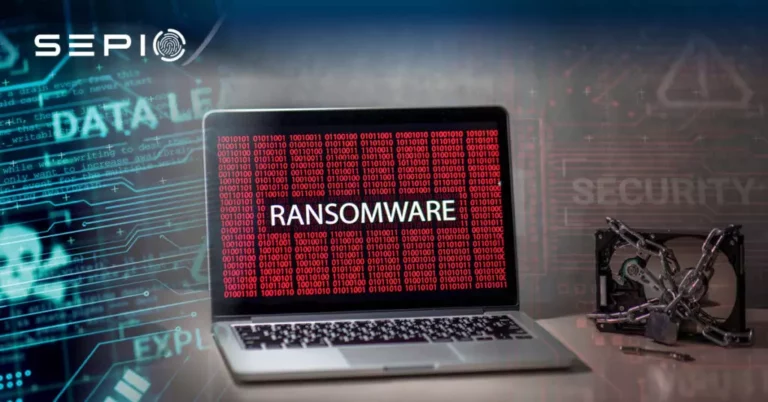“RansomWhere? Everywhere!” is playing on the similarity in pronunciation between “ransomware” and “ransom where,” suggesting that the threat of ransomware is widespread and can be encountered everywhere. It’s a play on words to emphasize the ubiquity and potential danger of ransomware attacks across various computer systems and networks.
Recent months have shown a significant rise in the number of ransomware attacks on various verticals. This was highlighted by the Homeland Threat Assessment October 2024 Report, Temple University Ransomware watch list (CIRA), Microsoft Digital Defense Report 2023 (MDDR), and others. Moreover, an indicator for that can also be found in the rise of Bitcoin’s exchange rate which is used for ransomware payoffs.
First Death Caused by Ransomware
RansomWhere? Everywhere—even in life-threatening situations.
A tragic incident in Düsseldorf University Hospital marked a grim milestone: the first reported death linked to a ransomware attack on a hospital. During the cyberattack, critical systems were disrupted, leading to the delay of a patient’s treatment. This unfortunate event underscores the severe risks ransomware poses to healthcare facilities.
Additionally, a Philadelphia-based company providing software for hundreds of clinical trials—including crucial COVID-19 research—fell victim to a ransomware attack. As a result, some trials, including efforts to develop tests, treatments, and vaccines, were delayed for at least two weeks.
These attacks highlight the devastating impact of ransomware on healthcare and research. Alarmingly, many of these breaches may have been triggered by a single infected device. Reinforcing the need for stronger cybersecurity measures.
RansomWhere? Everywhere!
RansomWhere? Everywhere! Why? There are the obvious reasons related to financial downtime and uncertainty, which always leads to an increase in criminal activity.
Traditional “legacy crimes” are becoming harder to pull off—after all, have you ever tried pickpocketing while social distancing? So, if you’re a cybercriminal stuck at home, you could binge-watch Money Heist on Netflix… or you could start exploring this ransomwhere “stuff” that everyone’s talking about. And hey, you’ve got Rita’s cousin—the tech whiz—so why not put him to use?
With so much information readily available, launching a ransomware attack has never been easier. A simple act—like placing a compromised mouse or a hacked keyboard on someone’s desk—could be all it takes to infiltrate a system. No Navy SEALs training required—just Rita’s cousin and a little creativity.
Hardware-Based RansomWhere Attacks on the Rise
Without hardware security, the physical layer remains exposed, allowing Rogue Devices to operate undetected. Since these attacks occur at the hardware level, traditional security solutions fail to recognize them—leading to a rise in hardware-based ransomware attacks.
Spoofed peripherals exploit the physical layer by impersonating legitimate Human Interface Devices (HIDs), tricking endpoint security software into recognizing them as trusted devices.
Meanwhile, Network Implants bypass network security solutions—including Network Access Control (NAC)—as these tools do not monitor the physical layer. This means that without dedicated hardware security, enterprises remain vulnerable to hardware-borne ransomware, regardless of their existing cybersecurity measures.
Cybercriminals are Taking Advantage of WFH Vulnerabilities
The professional cybercrime and state sponsored groups find these times a fertile ground for their operations by using all work from home (WFH) cyber security vulnerabilities. With remote work policies introducing greater risks of hardware-based attacks, organizations must prioritize physical layer security to mitigate these threats.
Attackers are always one step ahead—pragmatic, adaptive, and quick to exploit cybersecurity gaps. In the past, companies with robust backup strategies could recover from ransomware attacks without paying the ransom. But now, the stakes have changed. The new “currency” is data leakage, and recovering from a major data breach comes at an entirely different cost.
Insider Threats and RansomWhere Attacks
Consider this: John, a frustrated employee, is planning to leave his company. He could easily take a database snapshot containing sensitive customer or intellectual property data and send an anonymous “Proof of Authenticity” message—threatening to leak the entire dataset.
Would you be able to tell if this was an insider threat or an Advanced Persistent Threat (APT)? And more importantly—does it even matter? The damage is the same.
Protect Your Organization from RansomWhere Attacks with Sepio
RansomWhere? Everywhere—unless you have the right security in place. Sepio’s Asset Risk Management (ARM) solution provides complete visibility and protection at the physical layer, detecting and mitigating Rogue Devices before they can be used in ransomware attacks.

Don’t let hardware-based threats go undetected. Take control of your security and stop RansomWhere attacks before they start. Get a Demo Today and Secure Your Organization Against Hardware Threats!






